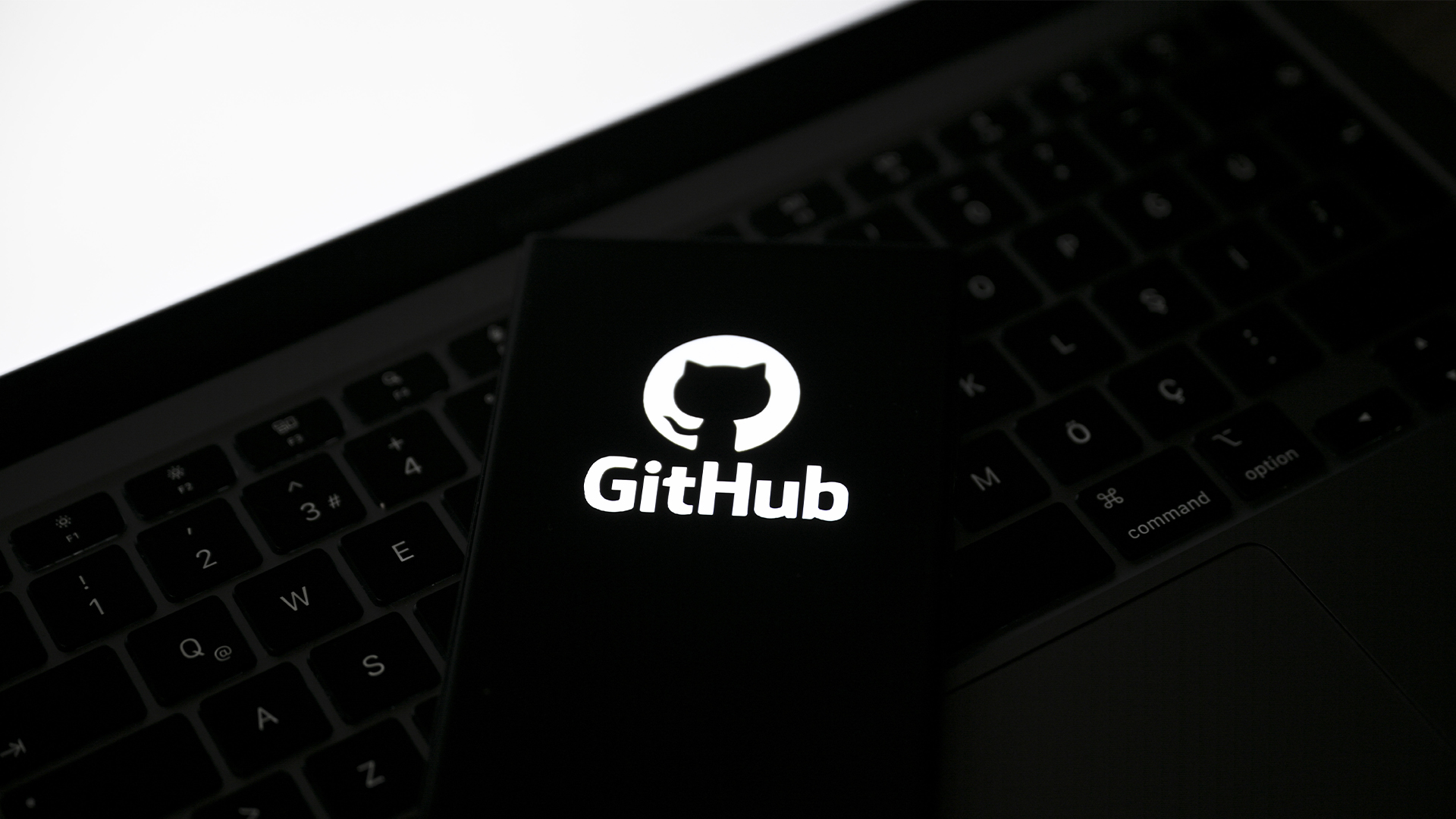Security researchers have just identified what could be the first ‘AI-powered’ ransomware strain – and it uses OpenAI’s gpt-oss-20b model
PromptLock uses OpenAI's gpt-oss-20b model and generates malicious scripts on the fly


Researchers at cybersecurity firm ESET have discovered what they said is the "first known AI-powered ransomware" strain.
Dubbed ‘PromptLock’, researchers said it uses OpenAI's open source gpt-oss:20b model, released earlier this month, locally via the Ollama API to generate malicious Lua scripts on the fly, which it then executes.
"PromptLock leverages Lua scripts generated from hard-coded prompts to enumerate the local filesystem, inspect target files, exfiltrate selected data, and perform encryption," said researchers Anton Cherepanov and Peter Strycek in posts on several social media sites, including X.
"These Lua scripts are cross-platform compatible, functioning on Windows, Linux, and macOS. Based on the detected user files, the malware may exfiltrate data, encrypt it, or potentially destroy it."
PromptLock is written in Golang and uses the SPECK 128-bit encryption algorithm, developed by the US National Security Agency (NSA), to encrypt files. It sends its requests through Ollama, an open source API for interfacing with large language models.
The Bitcoin address used in the AI prompt for a payment demand is the one associated with the cryptocurrency's creator, Satoshi Nakamoto, whose real identity has never been discovered.
Cherepanov and Strycek said they've identified both Windows and Linux variants uploaded to VirusTotal, a Google-owned service that catalogs malware and checks files for malicious threats.
Sign up today and you will receive a free copy of our Future Focus 2025 report - the leading guidance on AI, cybersecurity and other IT challenges as per 700+ senior executives
The good news is that the malware doesn't seem to be fully functional yet - the destruction functionality hasn't been implemented.
"Although multiple indicators suggest the sample is a proof-of-concept (PoC) or work-in-progress rather than fully operational malware deployed in the wild, we believe it is our responsibility to inform the cybersecurity community about such developments," Cherepanov and Strycek said.
Concerns rising over AI ransomware threats
Ransomware gangs have increasingly been using AI to automate communications and enhance their social engineering techniques, research shows.
A recent study from Acronis found that the increase in the use of AI by ransomware gangs appeared to be reflected in their chosen threat vectors. Social engineering and BEC attacks increased from 20% to 25.6% in the first five months of 2025 compared to the same period in 2024.
This, researchers noted, was probably down to the growth in AI use for crafting convincing impersonations.
Earlier this year, Malwarebytes warned that businesses need to be prepared for AI-powered ransomware attacks.
Up to now, AI agents have generally been used to increase the efficiency of attacks, rather than introducing new capabilities or altering the underlying tactics used by hackers.
According to Malwarebytes, though, this could all change soon as attackers use AI more broadly.
"We are in the earliest days of regular threat actors leveraging local/private AI, said John Scott-Railton, a spyware researcher at Citizen Lab, commenting on the ESET research. "And we are unprepared."
Make sure to follow ITPro on Google News to keep tabs on all our latest news, analysis, and reviews.
MORE FROM ITPRO
- Mandiant says generative AI will empower new breed of information operations, social engineering
- AI breaches aren’t just a scare story any more – they’re happening in real life
- Think DDoS attacks are bad now? Wait until hackers start using AI assistants to coordinate attacks
Emma Woollacott is a freelance journalist writing for publications including the BBC, Private Eye, Forbes, Raconteur and specialist technology titles.
-
 Microsoft launches Fara-7B, a new 'agentic' small language model that lives on your PC
Microsoft launches Fara-7B, a new 'agentic' small language model that lives on your PCNews The new Fara-7B model is designed to takeover your mouse and keyboard
-
 The Scattered Lapsus$ Hunters group is targeting Zendesk customers
The Scattered Lapsus$ Hunters group is targeting Zendesk customersNews The group appears to be infecting support and help-desk personnel with remote access trojans and other forms of malware
-
 The Scattered Lapsus$ Hunters group is targeting Zendesk customers – here’s what you need to know
The Scattered Lapsus$ Hunters group is targeting Zendesk customers – here’s what you need to knowNews The group appears to be infecting support and help-desk personnel with remote access trojans and other forms of malware
-
 Impact of Asahi cyber attack laid bare as company confirms 1.5 million customers exposed
Impact of Asahi cyber attack laid bare as company confirms 1.5 million customers exposedNews No ransom has been paid, said president and group CEO Atsushi Katsuki, and the company is restoring its systems
-
 The US, UK, and Australia just imposed sanctions on a Russian cyber crime group – 'we are exposing their dark networks and going after those responsible'
The US, UK, and Australia just imposed sanctions on a Russian cyber crime group – 'we are exposing their dark networks and going after those responsible'News Media Land offers 'bulletproof' hosting services used for ransomware and DDoS attacks around the world
-
 Microsoft opens up Entra Agent ID preview with new AI features
Microsoft opens up Entra Agent ID preview with new AI featuresNews Microsoft Entra Agent ID aims to help manage influx of AI agents using existing tools
-
 GitHub is awash with leaked AI company secrets – API keys, tokens, and credentials were all found out in the open
GitHub is awash with leaked AI company secrets – API keys, tokens, and credentials were all found out in the openNews Wiz research suggests AI leaders need to clean up their act when it comes to secrets leaking
-
 A notorious ransomware group is spreading fake Microsoft Teams ads to snare victims
A notorious ransomware group is spreading fake Microsoft Teams ads to snare victimsNews The Rhysida ransomware group is leveraging Trusted Signing from Microsoft to lend plausibility to its activities
-
 Cyber researchers have already identified several big security vulnerabilities on OpenAI’s Atlas browser
Cyber researchers have already identified several big security vulnerabilities on OpenAI’s Atlas browserNews Security researchers have uncovered a Cross-Site Request Forgery (CSRF) attack and a prompt injection technique
-
 Volkswagen confirms security ‘incident’ amid ransomware breach claims
Volkswagen confirms security ‘incident’ amid ransomware breach claimsNews Volkswagen has confirmed a security "incident" has occurred, but insists no IT systems have been compromised.
